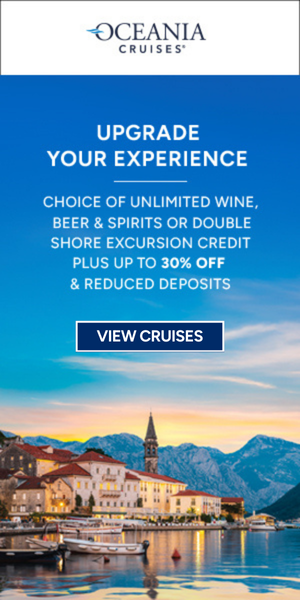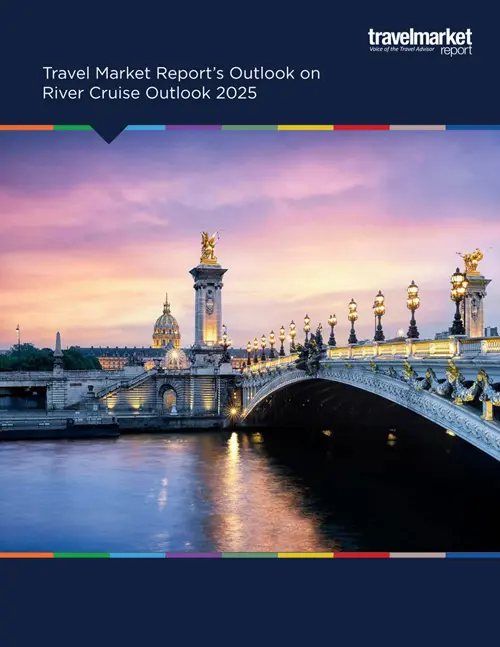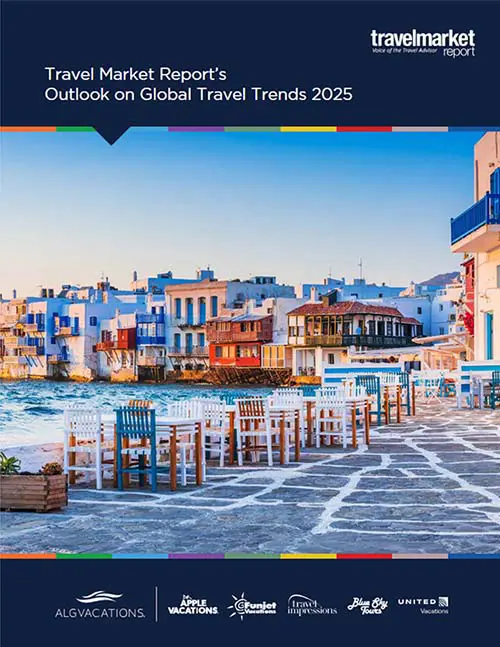South Africa Update: Mandela’s Tourism Legacy, A Burst of Creativity & More
by Marilee Crocker
A memorial to Mandela that was built using steel beams in Howick. Photo: SAPhotog/Shutterstock.com.
As South Africa continues its year-long celebration of the centennial of Nelson Mandela’s birth, the nation’s tourist board is drawing attention to the anti-apartheid activist’s enormous impact on tourism. “Opening up tourism is part of his legacy,” said Bangu Masisi, president, North America, for South African Tourism.
It was only after Mandela became South Africa’s first black president that tourists became interested in visiting the nation, noted Masisi. “Before Mandela became president in 1994, we had a very small amount of tourism. By 2017, it was over 10 million tourists inbound.”
Travel Market Report sat down with Masisi recently for an update on travel to South Africa. Following are highlights of our conversation.
Visitor app explores Mandela’s legacy
To mark the 100th anniversary of Mandela’s birth, South African Tourism and the Nelson Mandela Foundation this year relaunched their Madiba’s Journey app, expanding it to include 100 experiences and points of interest around the country.
A useful tool for travel agents and their clients, the app is designed to help visitors explore the many parts of South Africa that were touched by Mandela. In addition to an itinerary-planning feature and other practical tools, the app provides audio narration and other background on each location.
Youth initiatives spark new experiences for visitors
Another thread linking Mandela and tourism is a burst of creativity in travel-related enterprises by young people who came of age in post-apartheid South Africa. “They are very creative in starting their own initiatives. Tourism has become so exciting because they come up with all these new things,” Masisi said.
The activity, which is especially concentrated in art and music, includes a movement to reinvigorate township life. Masisi cited a number of examples, including street art walking tours of Johannesburg townships and a unique restaurant called 4Roomed eKasi that offers bespoke dining experiences in Khayelitsha, a township near Cape Town. (The restaurant is named for the four-room homes typical of South Africa’s oldest townships.)
Another example is an award-winning South African wine label, Pheli Wines, founded by a young woman from Atteridgeville township outside of Pretoria. Tourists can experience the wine at a local restaurant owned by the vintner’s uncle, Masisi said. Pheli Wines also offers events such as food and wine pairings.
Given the demand for such authentic experiences, Masisi has been encouraging South Africa’s safari lodges and other local suppliers to create visitor experiences in surrounding communities that will entice travelers to extend their stays.
Variety plus ‘A Tale of Two Cities’
Noting that South Africa’s tremendous variety is a big part of its appeal for travelers, Masisi urged travel agents to encourage clients to visit both Cape Town and Johannesburg. “The experiences are so different, and it will give them the perspective of what South Africa can be. I call it the ‘tale of two cities.’”
She also noted the rewards of visiting some of the nation’s many diverse townships, “where the soul of South Africa is,” as well as its villages, where “they will welcome you as part of the family.”
And while most travelers go to South Africa for the scenery, the safari experience, or to visit Cape Town, nearly every visitor ends up commenting on the people of South Africa, Masisi said. “People expect us to be sad and angry. It’s not that we are not, but we are a naturally happy people, even if you lived through apartheid. We are all about song and dance. Those are the two things that kept us going – and communities,” Masisi said.
Value for money
In the past two or three years, South Africa has experienced increases in Millennial travelers and repeat visitors. One reason, Masisi said, is that “people realize it’s not as expensive as they think. South Africa is value for money.”
To communicate that value, South African Tourism’s website features a selection of packages offered by U.S. and Canadian tour operators. Often, they include air-inclusive plans starting as low as $1,999. The three- and four-star accommodations typically included at that low price tend to be of higher quality in South Africa than three- and four-star properties in other parts of the world, Masisi pointed out.
Agent training, fams and digital resources
For travel agents who are new to selling South Africa, South African Tourism offers two interactive online study courses – SA Specialist: Essentials, and SA Specialist: Experiences. Agents who complete the online specialist courses are eligible to qualify for a yearly familiarization trip. South African Tourism also conducts both virtual and on-site trainings throughout the year.
“The more you train people about South Africa, the more you make them comfortable that it is a country to consider, so our training program is very robust,” Masisi said.
Resources for agents include a new free digital asset library that contains images, video footage and marketing collateral. In addition, agents can access photos via South African Tourism’s Flickr account and videos via its YouTube channel.
Inbound travel from North America is strong
Last year was the most successful year on record for tourism to South Africa, according to the tourist board. More than 370,000 North Americans visited in 2017, up 7.5 percent over 2016.
This year, the pace of growth has slowed, due in large part to the Cape Town drought and resulting water restrictions. But, as the water situation has improved, so too, have visitor numbers and advance bookings, Masisi said.

























